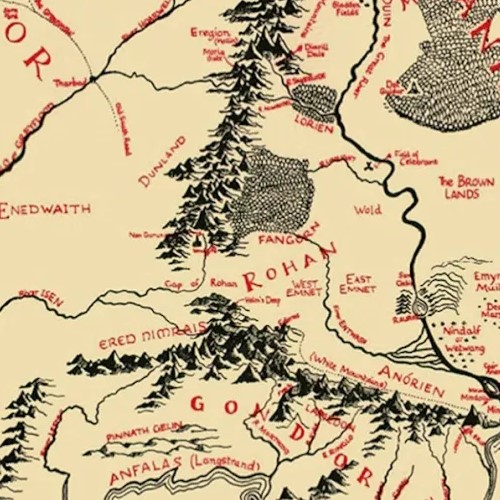The answers are in both game I and game 2 the last extract : the first sentence of The Hobbit (TBH, first published in 1937) that J.R.R. Tolkien once wrote on a blank leaf, as the legend recalls (HCTB, p. 177). In game I, I have chosen a series of medieval extracts mixing heroic and romantic literature. Being a twentieth century writer, Tolkien was naturally to be considered as an intruder among the Beowulf-poet, Caedmon and Nicholas of Guildford [author of The Owl and the Nightingale ?]; the subject of this study being, however, precisely to compare Tolkien’s works with medieval literature, as one will read further. In game 2, contemporary extracts were neighboring the innocent sentence of the Oxford professor. It will appear to any reader of Tolkien that the author of The Lord of the Rings is not an “angry young man” (be it only because of his age, he was 58 in 1950) as Osborne nor an experimental poet as Eliot. Tolkien could not be compared either with modernists as intellectual Joyce or post-modernists as moral Golding. Finally, the absurd is not exploited by him and his treatment of language is no doubt completely different from Beckett‘s. Where is then outsider Tolkien to be classified – since classification seems to be the first preoccupation of many critics in front of originality ?
THONART : Tolkien or the Fictitious Compiler (ULiège, 1984) – 01 – Introduction
